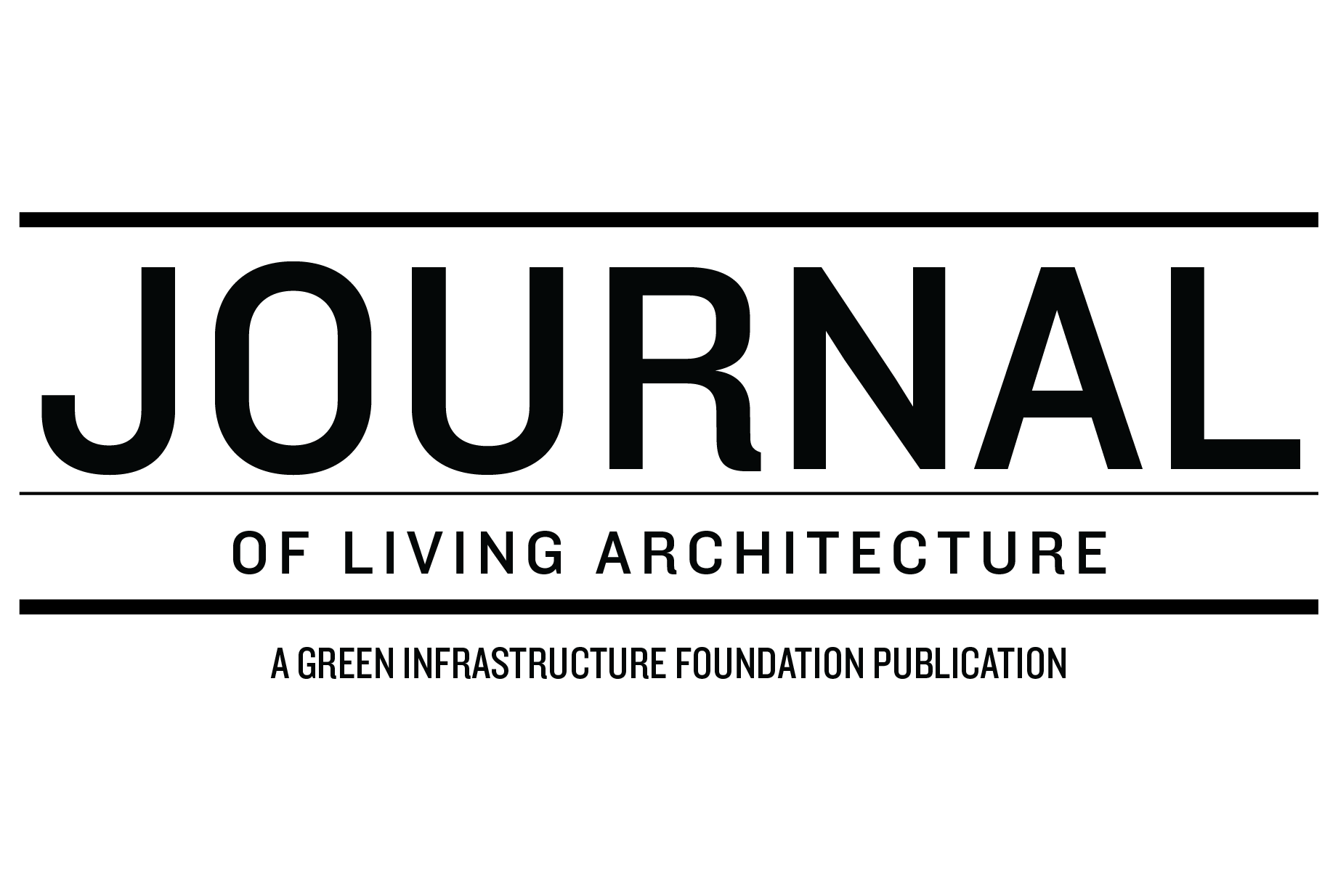Disentangling Dynamics of Green Roof Vegetation Analogue to Dry Grassland Over 3 Years: Plant and Substrate Response to Microenvironmental Variations
Advertisement
The Journal of Living Architecture is a peer-reviewed, open-access journal, published by the Green Infrastructure Foundation and hosted by the Living Architecture Monitor Magazine. Learn more about the Journal, read all Journal articles, or find out how to submit to the Journal.
Volume 9 Number 2 Pages 1-17, 2022
Disentangling Dynamics of Green Roof Vegetation Analogue to Dry Grassland Over 3 Years: Plant and Substrate Response to Microenvironmental Variations
Lucie Rivière1*, Anna Delruelle1, Julie Reniers1, Sylvain Boisson1, Grégory Mahy1
1Biodiversity and Landscape, TERRA Research Centre, Gembloux Agro-Bio Tech, University of Liege, Belgium
*corresponding author: lucie.riviere@uliege.be
Abstract
Extensive green roofs (ExGR) present an opportunity to support urban native biodiversity. However, most of the existing ExGR in Europe support exotic stonecrop with poor plant diversity. The abiotic conditions of the ExGR substrate are analogous to those of native dry grasslands (poor, shallow and highly drained soil), providing opportunities for diversifying ExGR with native flora. This study characterized vegetation and substrate dynamics of a sown native dry grassland community (29 species) on a 254 m² ExGR in relation to microenvironmental conditions (substrate depths: 6, 12 cm; maximum sun exposure: 3-6h, 6-9h, 9-12h). The plant community taxonomic and functional compositions (%Competitive, %Stress tolerant, %Ruderal Grime strategies) were measured over three years after which the substrate was analyzed. The results indicated a strong effect of time since sowing on plant community composition, associated to effects of environmental factors. The specific richness and plant cover increased over time and were higher in plots with less insolation and greater substrate depth. Plant community functional composition was dominated by stress tolerant strategy but functional composition evolved through time with an increase in competitive strategy. Most substrate characteristics -pH, N, P, K, C/N, and % silt- were significantly influenced by the plant cover after three years. These results highlight the importance of temporal dynamics and microenvironmental variations on plant community outcomes within ExGR.
Key words: Plant dynamics, native biodiversity, microenvironmental conditions, functional ecology
Read the full article at: https://doi.org/10.46534/jliv.2022.09.02.001
This peer-reviewed article is provided free and open-access.
Advertisement


